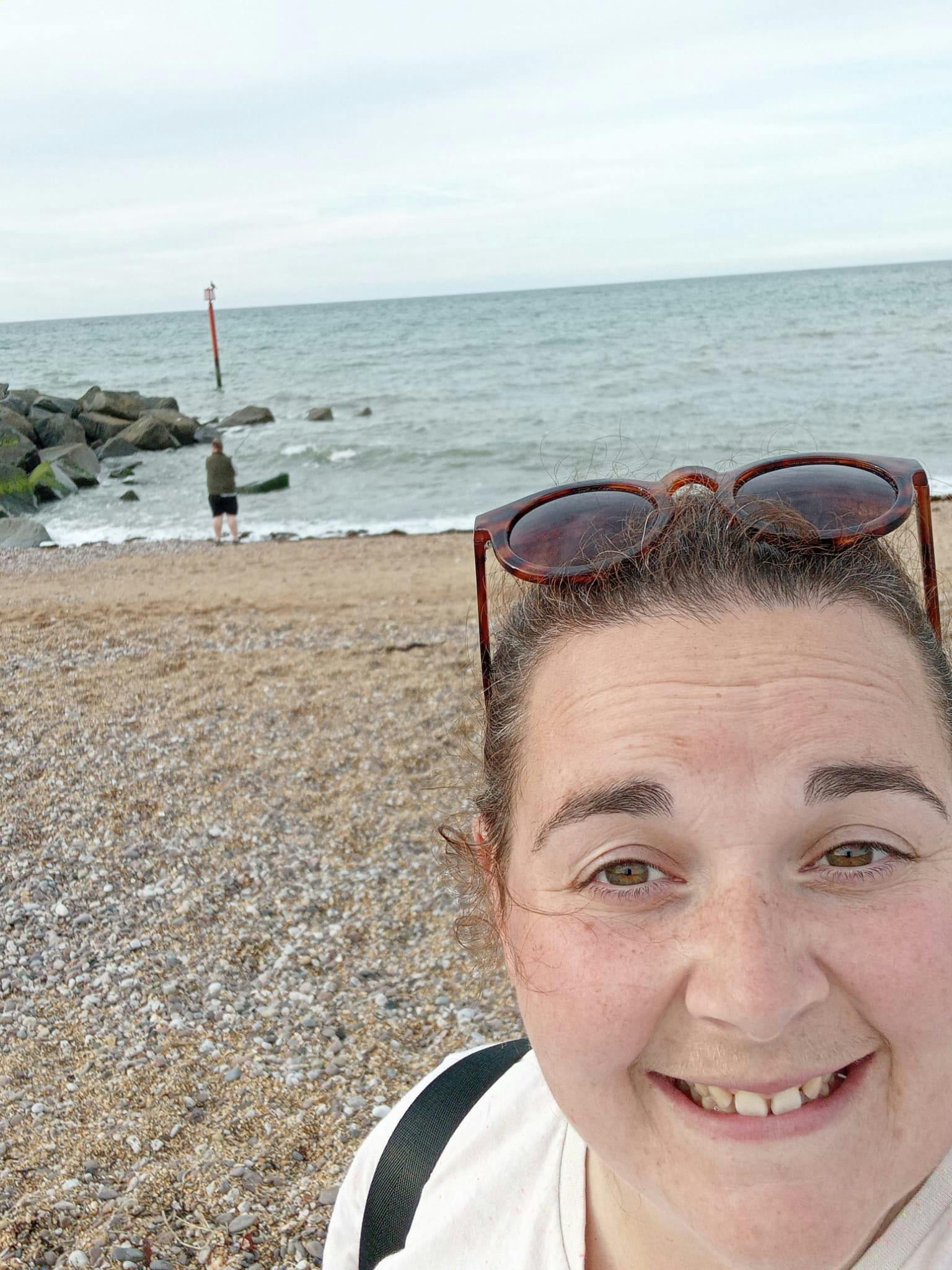Future Studland
Project Background
The National Trust and Dorset Coast Forum are working in partnership to build a long-term plan for the Studland area.
The Future Studland plan will look ahead for the next 20 to 50 years. A key area it will explore is the balance between the area being a hugely popular place for people, as well as a nationally important wildlife habitat. It will also encompass travel and transport options, accessibility and the infrastructure in the area. We want to know how people are using the spaces now and what they would like to see in Studland for years to come.
A plan of this kind ensures that all local stakeholders have some guidance when making decisions.
Why is this needed?
Studland is a wild and natural peninsula and is the eastern gateway to the Isle of Purbeck as well as the Jurassic Coast World Heritage Site. It has a wide range of landscapes, habitats, land uses, buildings, heritage features, commercial centres and residential areas. It is a popular tourist destination, attracting over 1 million visitors, per year as well as being home for many residents and businesses. The scope of this project will cover all the of the Studland Peninsula from Shell Bay to Old Harry Rocks and encompasses the beaches, roads, services and habitats as well as the village itself.
Like many other areas of the UK, Studland is impacted by rapid coastal change. In the last two winters alone, major storm action has put huge pressure on the coastline, moving large swathes of beaches and edging closer to important infrastructure. Coastal erosion has been taking place for thousands of years but coupled with rising sea levels, some of the main facilities at Studland will be lost over the next 20-50 years and the local shoreline management plan suggests no active intervention should take place to prevent this. You can find out more about managing the coastline from the Shoreline Management Plan and the National Trust publication Shifting Shores.
The National Trust have identified four key themes for the plan:
- Wild identity
- Infrastructure
- Travel and access
- Visitor Distribution and communications
Community Engagement
Dorset Coast Forum asked the community, stakeholders and visitors what they think should be included in the Future Studland Plan. This engagement took place through a series of drop-in events, activities and a survey over the summer season.
Thank you to everyone who took part and completed the Future Studland survey, attended an event or chatted to us on the beach. The survey closed on the 30th September 2024.
Dorset Coast Forum are now collating all the survey responses, feedback and comments and will produce a report to feedback your views on the Future Studland plan to the National Trust.










